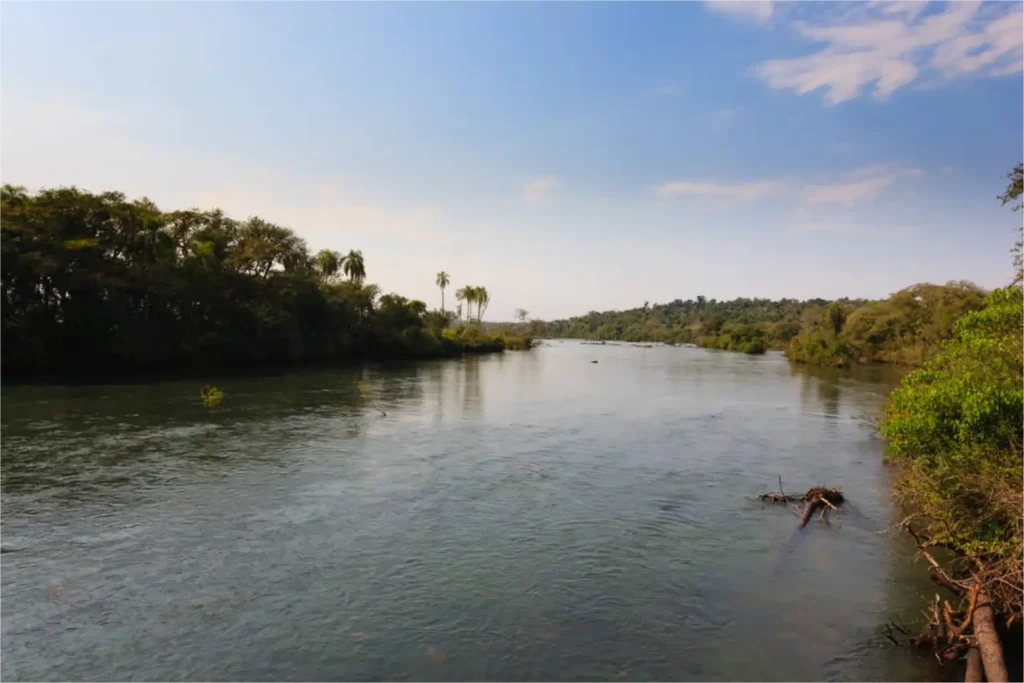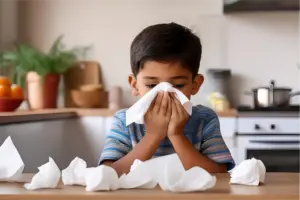
India river pollution: The central government has rejected the findings of a recent international study that claims extensive antibiotic contamination in Indian rivers, stating that the research is based on “simulations and assumptions” and lacks sufficient data to draw definitive conclusions.
Responding to a question by Congress MP Pramod Tiwari in the Rajya Sabha, Union Minister of State for Environment Kirti Vardhan Singh said the study, conducted by researchers from McGill University in Canada, had itself acknowledged limitations in data availability. “No conclusive evidence can be drawn from the study,” the minister stated in his written reply.
The study titled “Antibiotics in the global river system arising from human consumption” claimed that nearly 80% of India’s river lengths may pose health and environmental risks due to antibiotic pollution. However, the government clarified that the findings were based on predictive modelling rather than direct environmental sampling.
Also Read | India faces rising diarrhoea risk in children due to climate extremes: Study
Singh also informed Parliament that the Indian government has not conducted any independent study on antibiotic contamination in rivers.
To address the broader issue of antimicrobial resistance (AMR), the minister highlighted several steps already underway. The National Action Plan on Antimicrobial Resistance (NAP-AMR) was launched in April 2017 to tackle AMR through improved waste management and safe disposal practices.
In August 2021, the Ministry of Environment issued specific regulations for the pharmaceutical industry, categorising waste from chemical and biological processes, including sludge from effluent treatment plants, as hazardous. This waste must be disposed of following the Hazardous Waste Management Rules, 2016.
Further, expired antimicrobials are required to be incinerated under the Biomedical Waste Management Rules, 2016, and state pollution control boards are authorised to set additional environmental parameters based on local conditions. Industries are also encouraged to adopt sustainable practices such as reducing, recycling, and reusing treated effluents to achieve zero liquid discharge (ZLD), minimising the risk of pharmaceutical residues entering water bodies.








